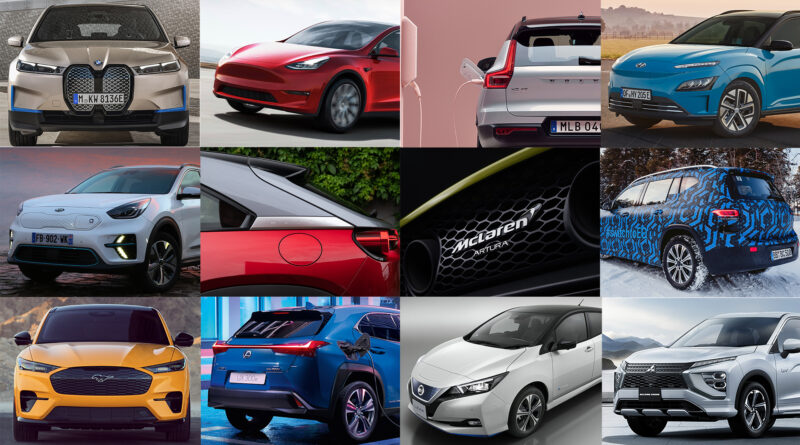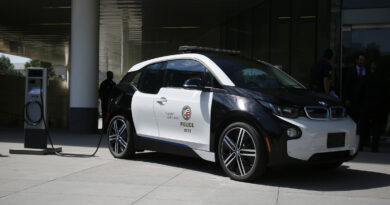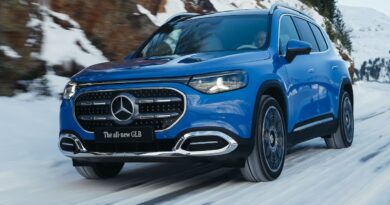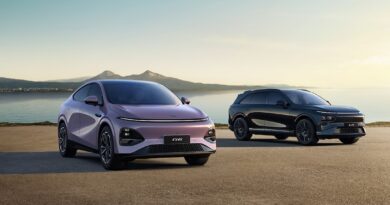Every EV and plug-in hybrid car coming to Australia in 2021
Throughout 2020 the number of electric cars – EVs and plug-in hybrids – available in Australia grew substantially.
But it’s 2021 shaping up to be a bumper year for EV and plug-in hybrid electric models, with 30-plus new arrivals slated to arrive Down Under.
From affordable entry-level models to high-performance specials and dozens of SUVs, 2021 will be the biggest year yet for electric cars.
Want the latest electric car news delivered to your inbox? Subscribe to our weekly newsletter!
Below is the A to Z of every new EV arrival for 2021.
If you want to look out even further, check out our comprehensive calendar of EVs and PHEVs due in 2021, 2022, 2023 and 2024.
Audi e-Tron S
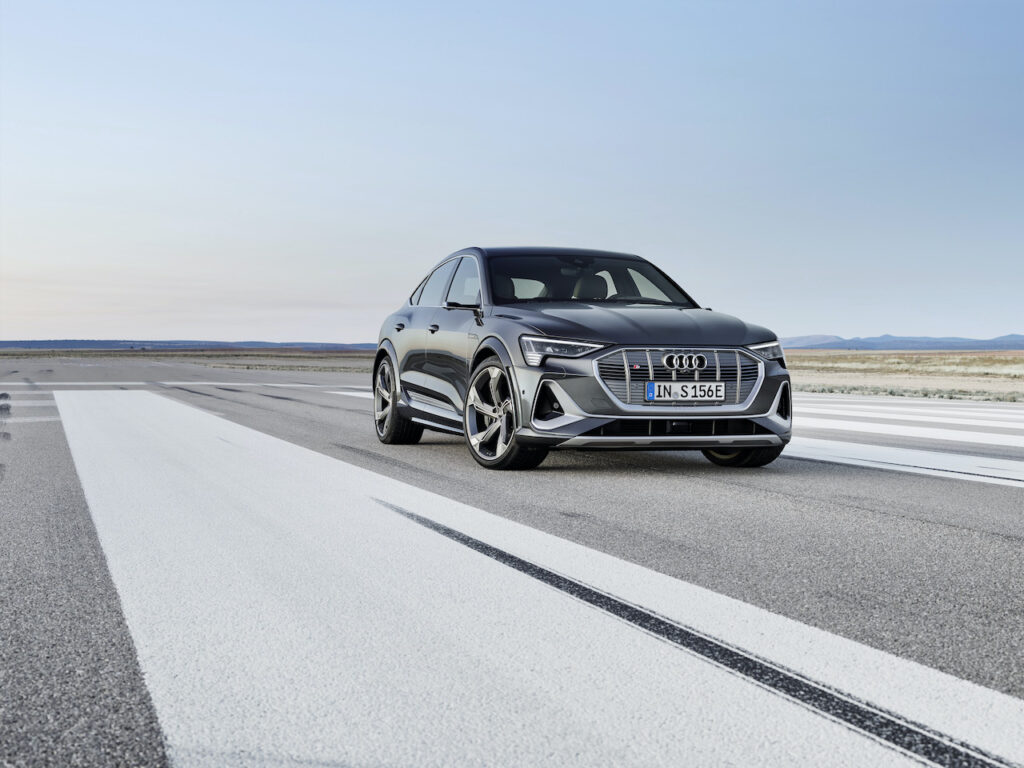
With the regular e-Tron already making a decent impact on the luxury electric SUV market, it’s time to get serious with more grunt. Enter the e-Tron S, due around the middle of 2021. The e-Tron S adds a third electric motor, with two powering the rear axle. As well as extra punch – a hearty 370kW and 973Nm – the two electric motors create a rear-drive bias (Quattro still provides all-wheel drive traction) and more control with individually distributing torque between left and right rear wheels.
Audi e-Tron GT
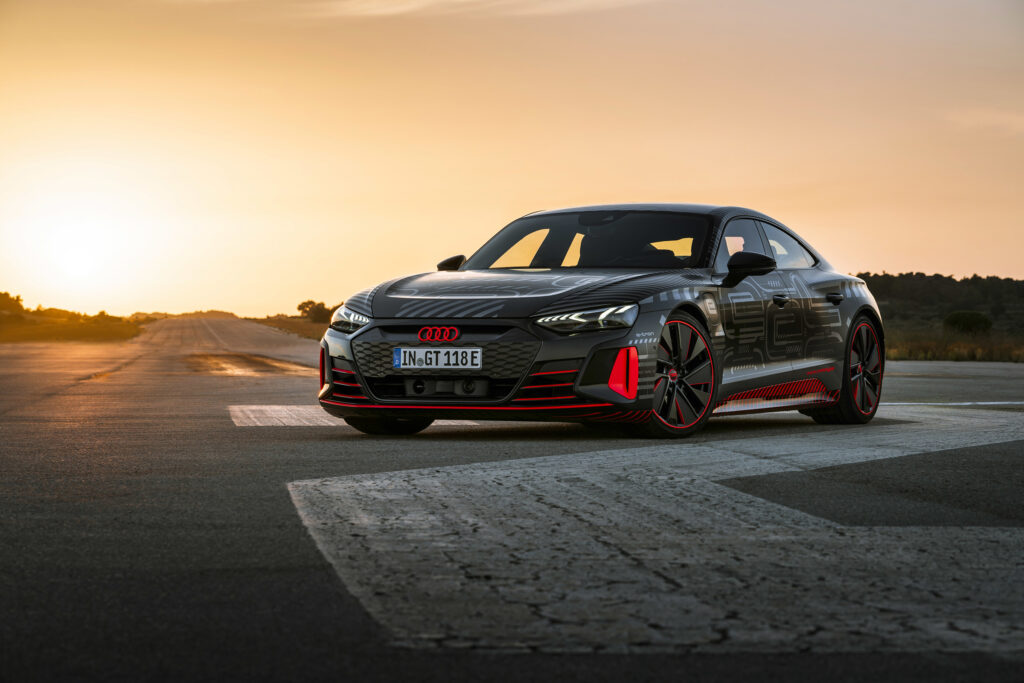
Sharing much of its architecture with the Porsche Taycan (Porsche and Audi are part of the Volkswagen Group), the e-Tron GT is set to step up EV performance for Audi. Not only is the e-Tron GT stunning to look at, but it promises ballistic acceleration, with 0-100km/h in as little as 3.3 seconds. Aussie arrivals are expected in the third quarter of 2021.
BMW iX3
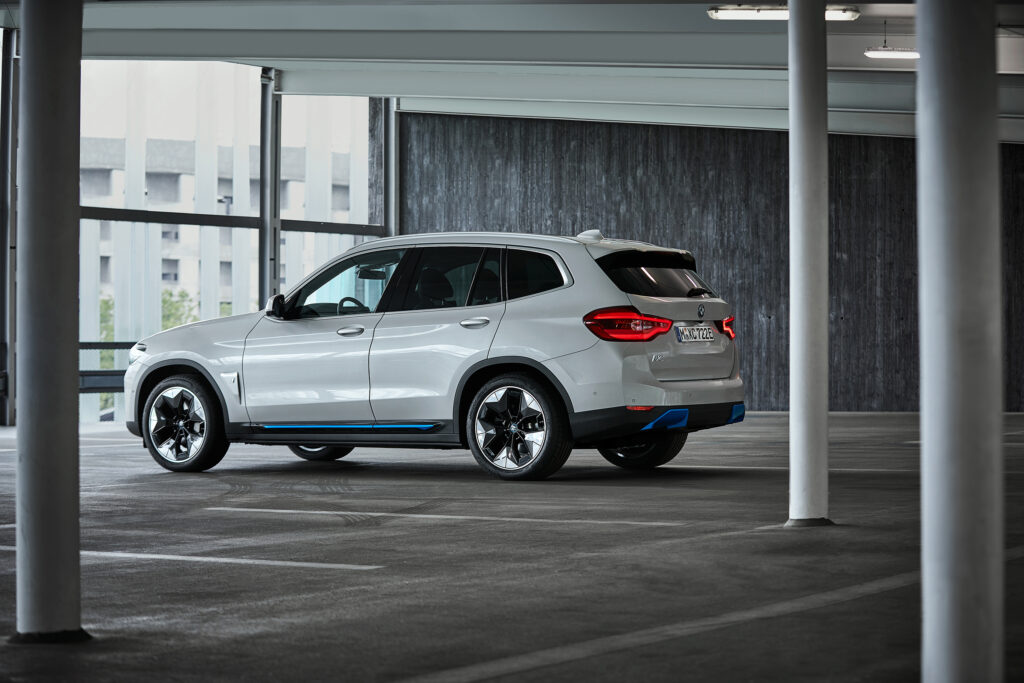
Utilising the X3 mid-sized SUV as a base, the BMW iX3 replaces anything to do with petrol with batteries and an electric motor. To be sourced from a new factory in China, the iX3 arrives here in Q3. Driving only the rear wheels (like the BMW i3, the electric motor is mounted in the rear), it lacks the all-paw appeal of key rivals, but pricing should sneak in under them (think $120K-ish) and the 459kW range from a 74kWh battery suggests terrific energy efficiency.
BMW iX
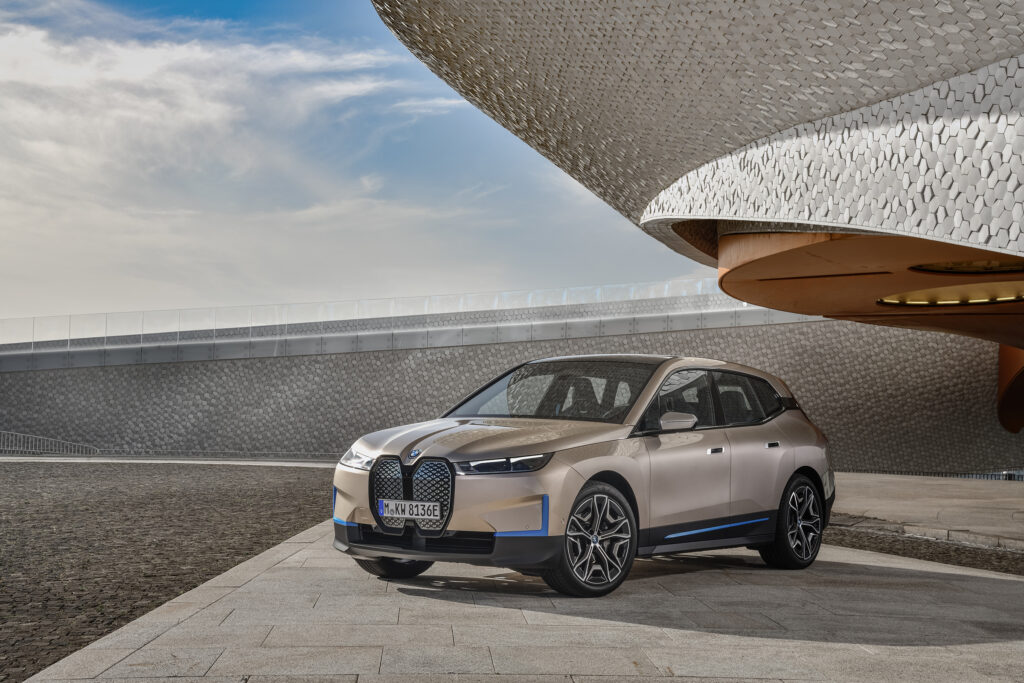
By the end of 2021 BMW will get more serious with it iX. The showroom-ready version of the BMW iNext concept, the BMW iX uses dual electric motors for all-wheel drive action and up to 600km of range. Utilising a new aluminium spaceframe construction, clearly lightweight has been a core focus of a car that continues the innovative BMW i theme.
Ford Escape PHEV
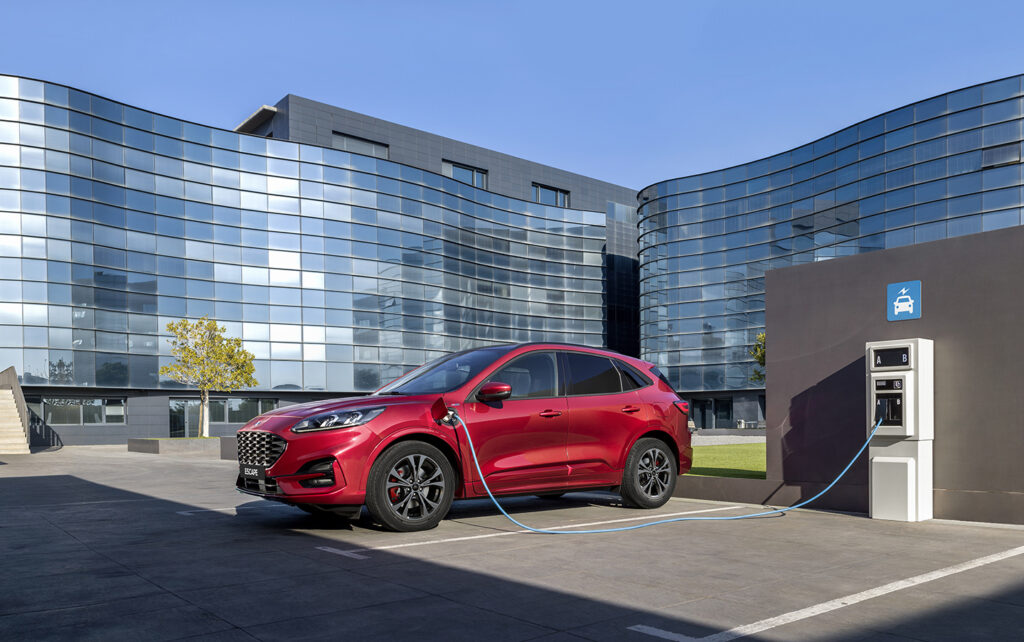
It was due late in 2020 but the plug-in hybrid version of the Escape is now pencilled in for late 2021. Blame unwanted fires for that one… To go head-to-head with the Mitsubishi Outlander PHEV and upcoming Mitsubishi Eclipse Cross PHEV, the Escape PHEV drives only the front wheels and pairs a 2.5-litre engine with an electric motor for 167kW combined output. Electric range is claimed at more than 50km.
Ford Mustang Mach-e
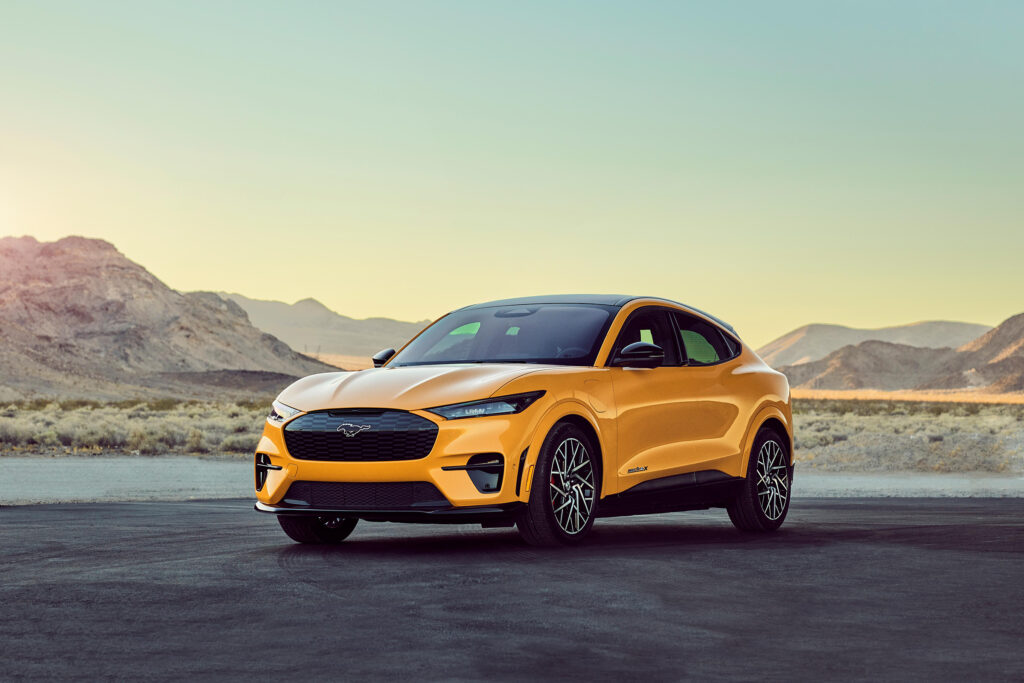
It’s difficult to imagine Ford’s first EV – a car that borrows some design muscle and name from Ford’s most iconic muscle car, the Mustang – not going on sale here. After all, much of the hard work has already been done. The Mustang Mach-e is already on sale in the UK, where the steering wheel is on the right. That said, it’s all quiet from Ford Australia on what could be on of the biggest EV wild cards of 2021.
Genesis electric
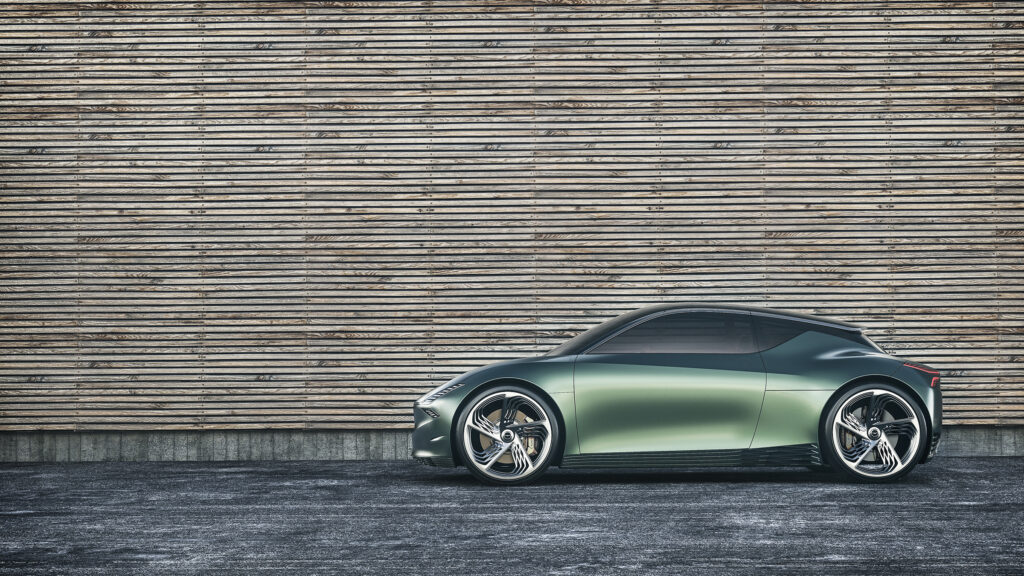
Details are scant for now, but as with parent company Hyundai, fledgling luxury brand Genesis is set to embrace electricity. We’ve reported previously about the imminent BEV versions of the upcoming GV70 mid-sized SUV and GV80 large SUV – Genesis has registered the names eGV70 and eGV80 – but it appears there’s more bubbling away at its Korean HQ, possibly utilising the recently revealed e-GMP architecture that will underpin a bunch of future models. One possibility is a production version of the Mint concept from 2019 (above).
Hyundai Kona Electric
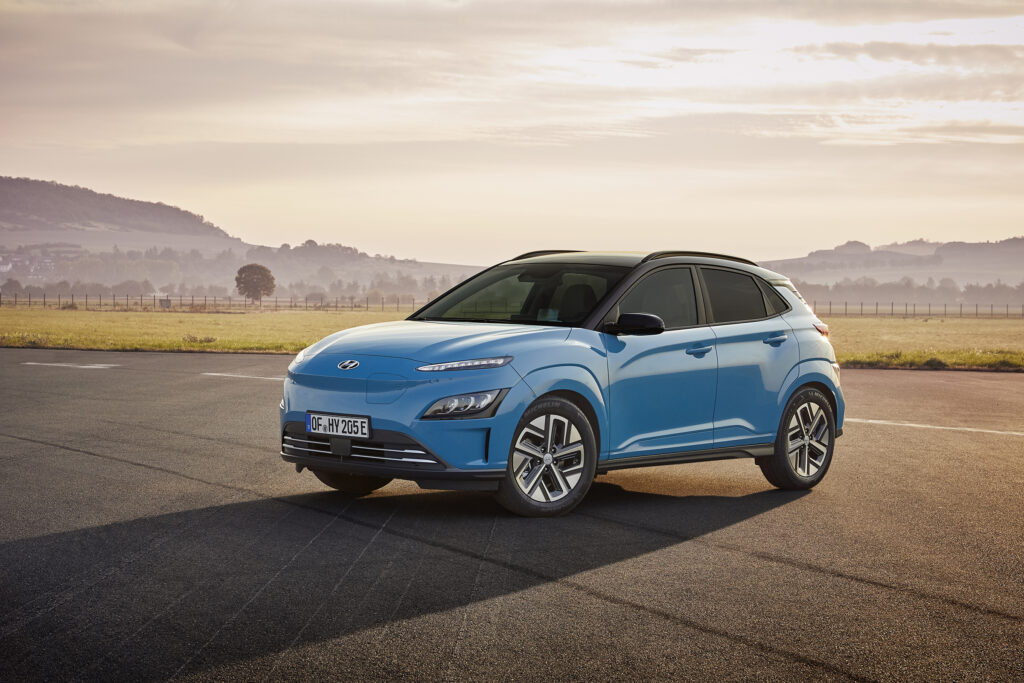
Nothing changes with the big battery and big electric range (think 484km) for the updated Kona Electric. But there are big changes in the styling department, especially around the nose, where the grille has morphed into a larger bumper. There’s also more safety tech and features, as well as a redesigned interior that lifts the ambience.
Hyundai Ioniq 5
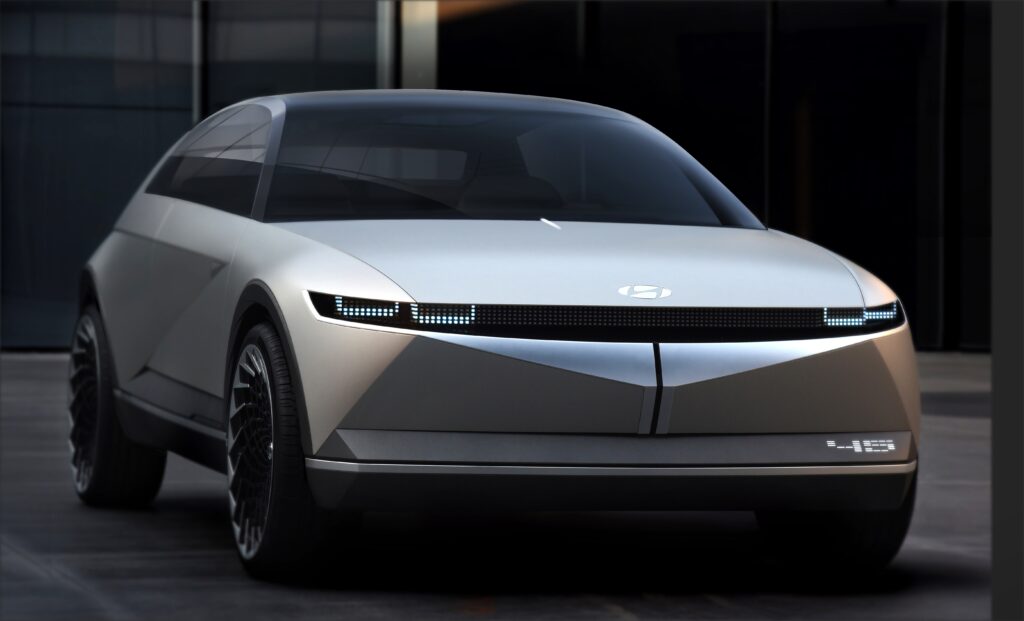
It was only 2020 that Hyundai confirmed its Ioniq would no longer be an individual model but a family of cars that reverts to that old favourite of using numbers as model names. Due in the first half of the year, the Ioniq 5 will give Hyundai some SUV flair in the battery electric vehicle segment. More details are due earlier in the year when the production model is revealed.
Kia e-Niro
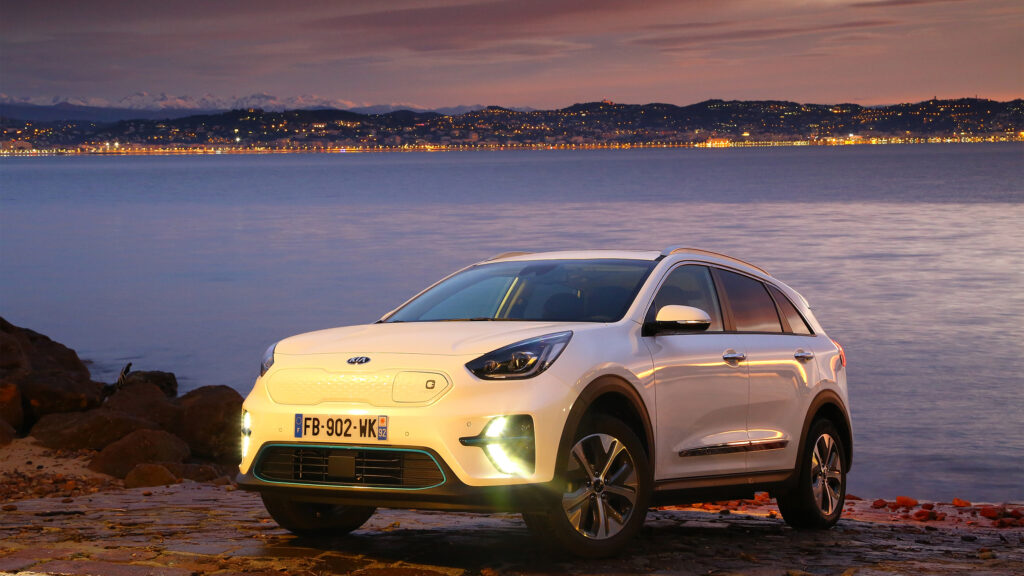
Kia has been evaluating the e-Niro for a few years and early in the year there’s expected to be some good news on its imminent arrival. Kia is expected to begin talking EVs early in 2021 and it’s the e-Niro that’s on the wish list. It comes at a time when Kia is planning an EV onslaught.
Kia Sorento PHEV
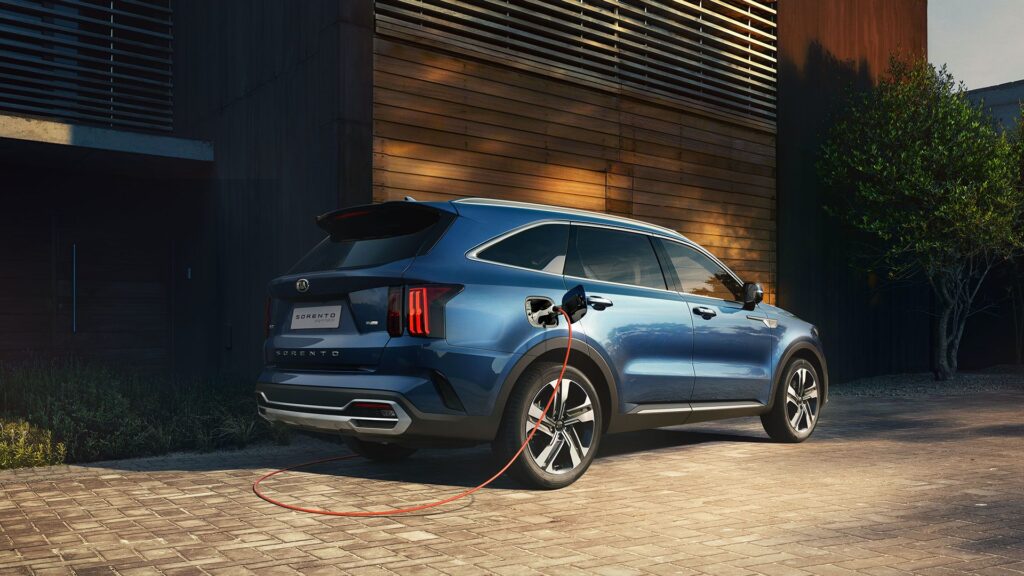
It’s shaping up to be a huge year for Kia, one capped off with the arrival of not only the regular hybrid version of the Sorento large SUV but also a Sorento plug-in hybrid version that will allow for all-electric running. Expect both later in the year.
Lexus UX300e
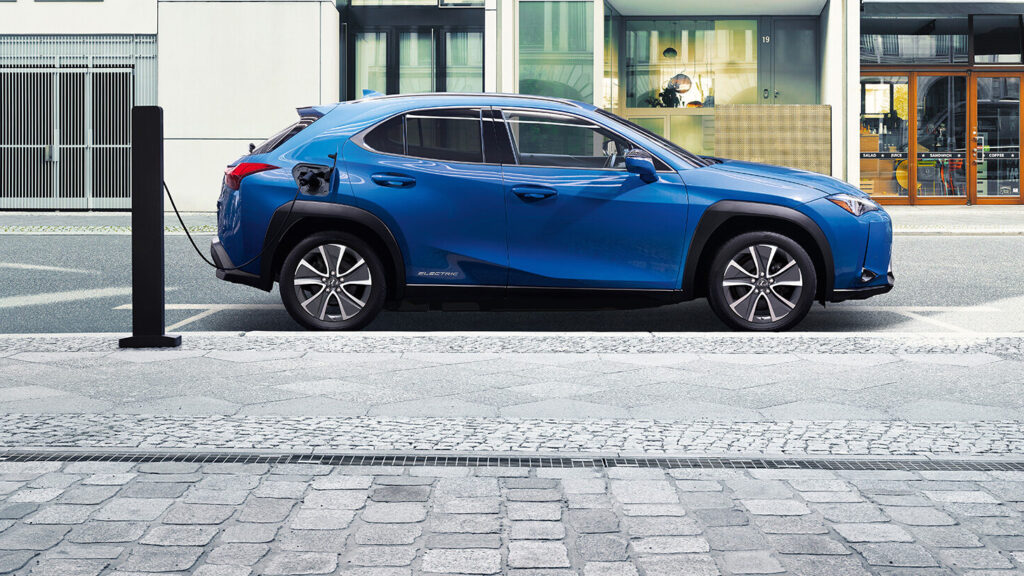
The fuel-saving promise for Lexus has until now focused almost entirely on regular hybrid models, which are spread wide across the lineup. But in 2021 the Toyota-owned luxury brand will turns its attention to EVs with the UX300e. The small SUV borrows the body of the regular UX (itself utilising underpinnings of the Toyota C-HR) but does without an engine, instead relying on a 150kW electric motor and 54.3kWh battery pack. It’s due in November 2021.
Mazda MX-30

Mazda Australia hasn’t bothered with hybrid cars in the past, instead working on the efficiency of its petrol engines and adding things such as capacitors (which use electricity!) to reduce fuel use. But the number two selling brand has dived head first into one of the most interesting affordable SUVs on the market, the MX-30. Roughly the size of a CX-30, the Mazda MX-30 employs the MX moniker typically reserved for sportier, sassier Mazdas such as the MX-5 and MX-6.
What makes the MX-30 unique in the small SUV segment it will compete in are the “freestyle” rear-hinged back doors. They’re similar to those used on the RX-8 sports car and contribute to the sleek silhouette. While it’s the battery electric model that will break Mazda into the EV market locally, there’s also a mild hybrid model using a 2.0-litre engine and (very) small electric motor that will act as the price leader.
Mercedes-Benz EQS
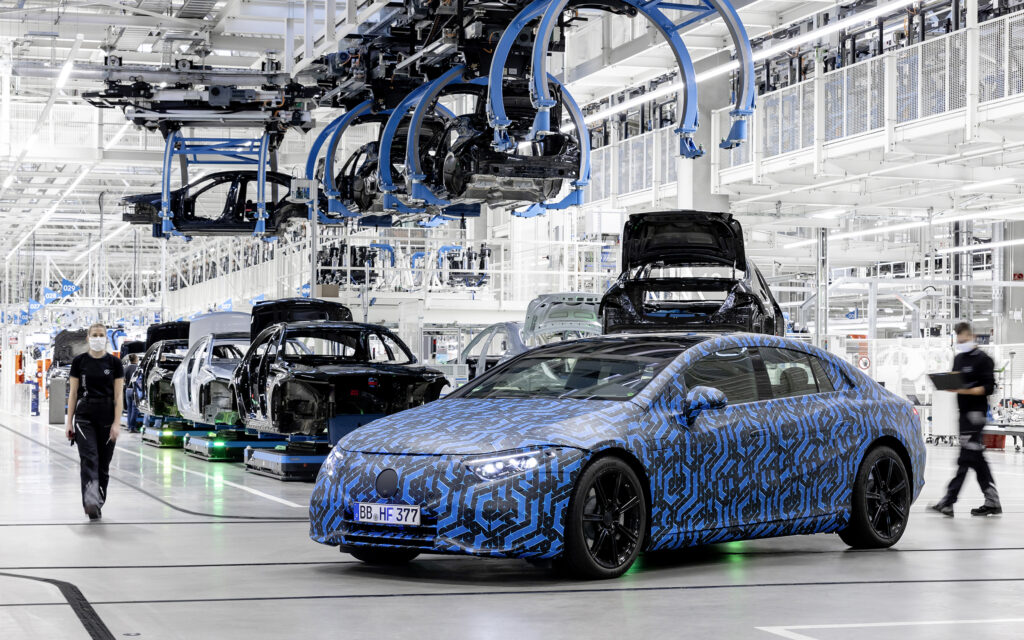
2021 is a big electric year for Merc and it’s the EQS that’s shaping up to pop the icing on the activity. The flagship of the EQ electric range will bring S-Class limousine space and luxury but rely purely on electricity. Timing for the Mercedes-Benz EQS is still up in the air but it could sneak in by the end of 2021.
Mercedes-Benz EQA
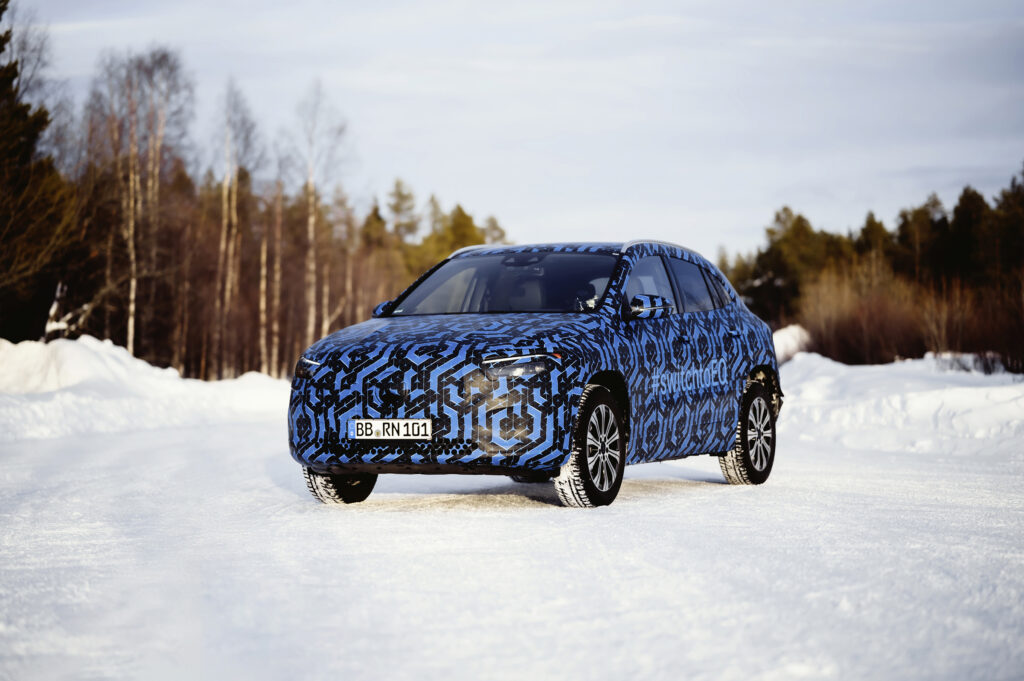
Early in 2021 the smallest of the planned EQ electric vehicles will be revealed globally and it’ll make an appearance in Australia around mid-year. Distilling the EQC thinking into the smaller body of the GLA, the EQA is planned to do bigger things from a sales perspective. Rather than a one-size-fits-all approach, the EQA will be offered with a range of drivetrain options (including front- and all-wheel drive) as well as at least two battery capacities.
Mercedes-Benz EQB
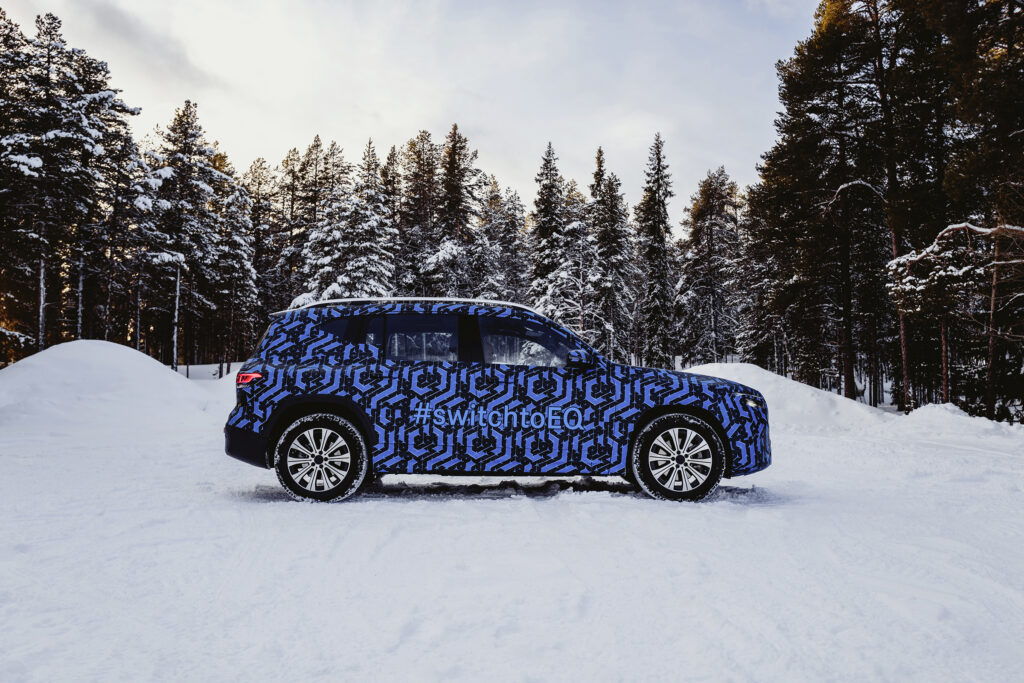
It’ll be a race to see if the EQB can make it late in 2021; there’s every chance it could sneak in to 2022. But if it does make it Down Under within the next 12 months (the car will at least be revealed internationally next year) it’ll give Mercedes-Benz an SUV rival to the Tesla Model Y. It’ll also give Benz its fourth EV and one of the largest electrified lineups in the country once you consider the PHEVs dotting a Merc showroom. Based on the GLB SUV, the EQB will likely mimic that car by offering a seven-seat layout, albeit one likely to offer child-friendly third-row space.
Mercedes-Benz C-Class PHEV
Mercedes-Benz is getting serious with the plug-in hybrids, something demonstrated with details of the S-Class PHEV when it was unveiled in 2020. Like that car (see below), the PHEV version of the all-new C-Class that breaks cover in 2021 will travel far further on electricity than its plug-in hybrid predecessor. Think something like 100km before it reverts to a compact petrol engine for additional guts and charge. Expect the C300e – assuming it adopts the moniker of the current model – late in 2021. And whereas the outgoing C300e has a smaller boot than its C-Class siblings, the new model won’t make load-carrying compromises.
McLaren Artura
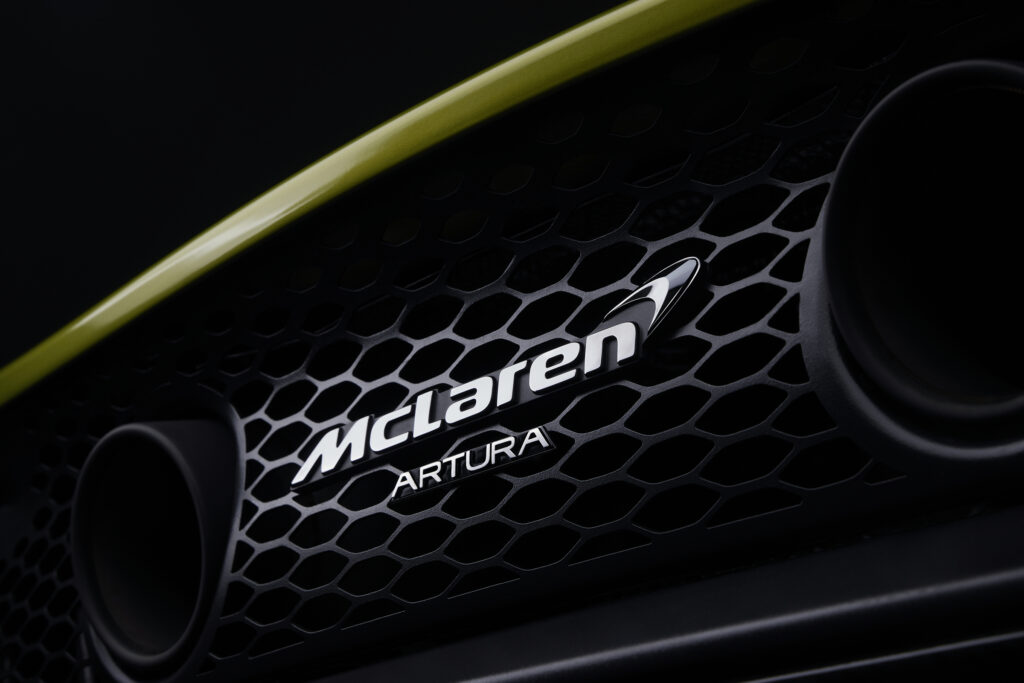
McLaren’s first rechargeable car will be revealed in the first half of 2021 before going on sale later in the year. While it’ll be capable of electric-only driving, it’s the new V6 twin-turbo destined for the McLaren Artura that’ll be doing most of the work for those looking for that Ferrari-fighting supercar performance McLaren is known for.
MG HS PHEV
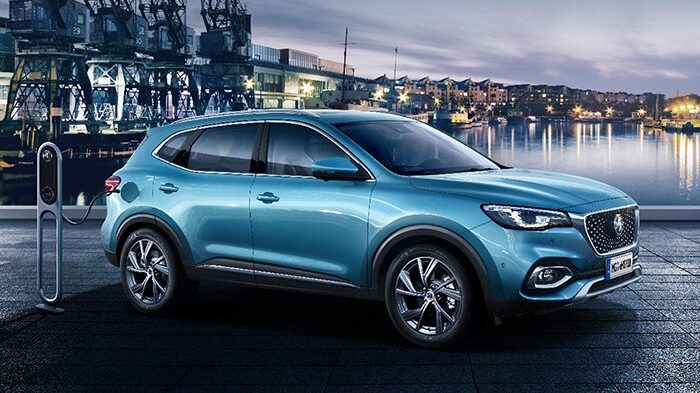
Hot on the heels of the MG ZS EV – the most affordable electric car on sale in Australia – is the first plug-in hybrid MG to be sold locally, the MG HS PHEV. It’ll arrive early in 2021 at the same time the all-wheel drive versions of the mid-sized HS lobs. Circa-75km of electric range is the highlight, and if it’s anything like the ZS EV expect sharp PHEV pricing.
Mitsubishi Eclipse Cross PHEV
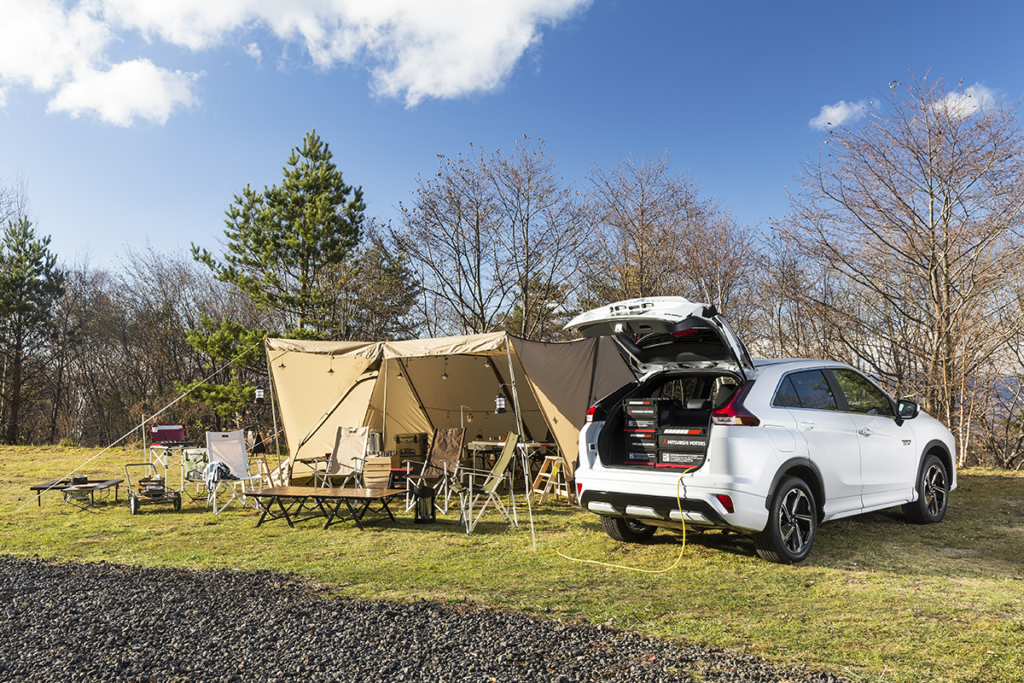
Smaller than the Outlander PHEV that continues to soldier on for Mitsubishi (see below), the Eclipse Cross will spawn a PHEV derivative in 2021. Adopting the all-wheel drive system of the Outlander PHEV, the Eclipse Cross PHEV will likely sneak under its $47,990 price tag, adding appeal to the plug-in hybrid sales pitch.
Mitsubishi Outlander PHEV

It first went on sale here in 2014 so it’s no surprise the Outlander PHEV is up for a thorough overhaul. Early teasers and concepts suggest the design will muscle up big time for the second-generation of the world’s most popular PHEV SUV, although little as known about what will happen beneath the skin. While it’ll be unveiled globally early in the year, the Outlander PHEV won’t make it to Australia until later in 2021.
Nissan Leaf e+
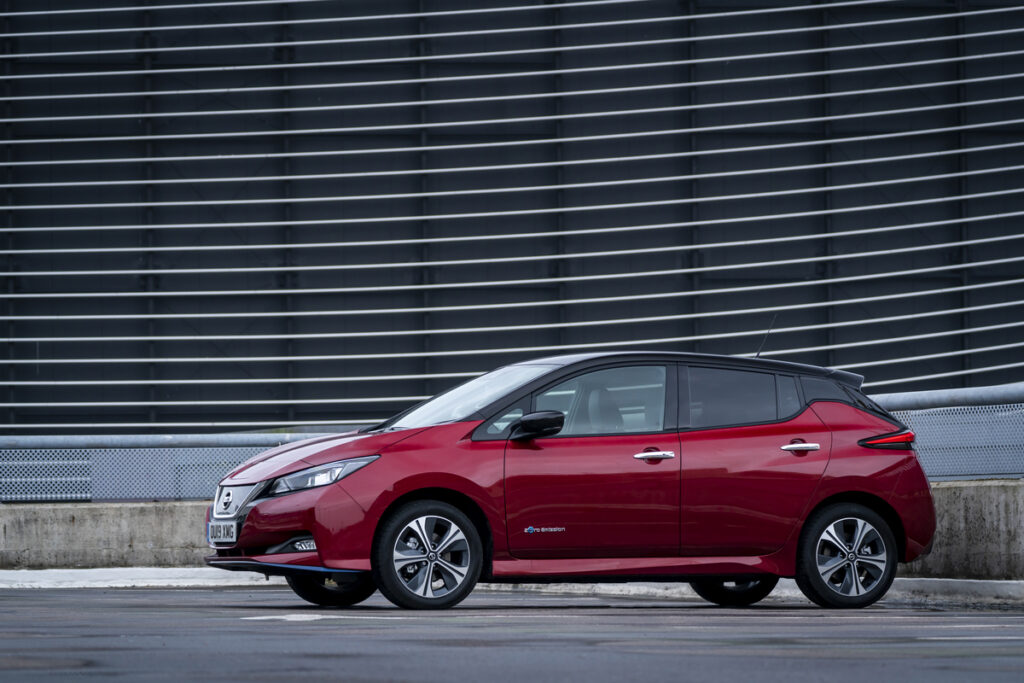
It was only in 2020 that the Leaf was overtaken as the world’s top selling electric vehicle (by the Tesla Model 3). But the Leaf isn’t lying down without a hard-charging fight. A new Leaf arrives in 2021 – the Leaf e+ – albeit one that looks almost identical to the model it replaces. Instead it’s beneath the skin where things get interesting. A bigger battery (62kWh, up from 40kWh) and more power (160kW versus 110kW) will signal a fresh start for Nissan’s EV stalwart. It’ll likely arrive early-ish in 2021, increasing the range to about 385km.
Nissan e-Power
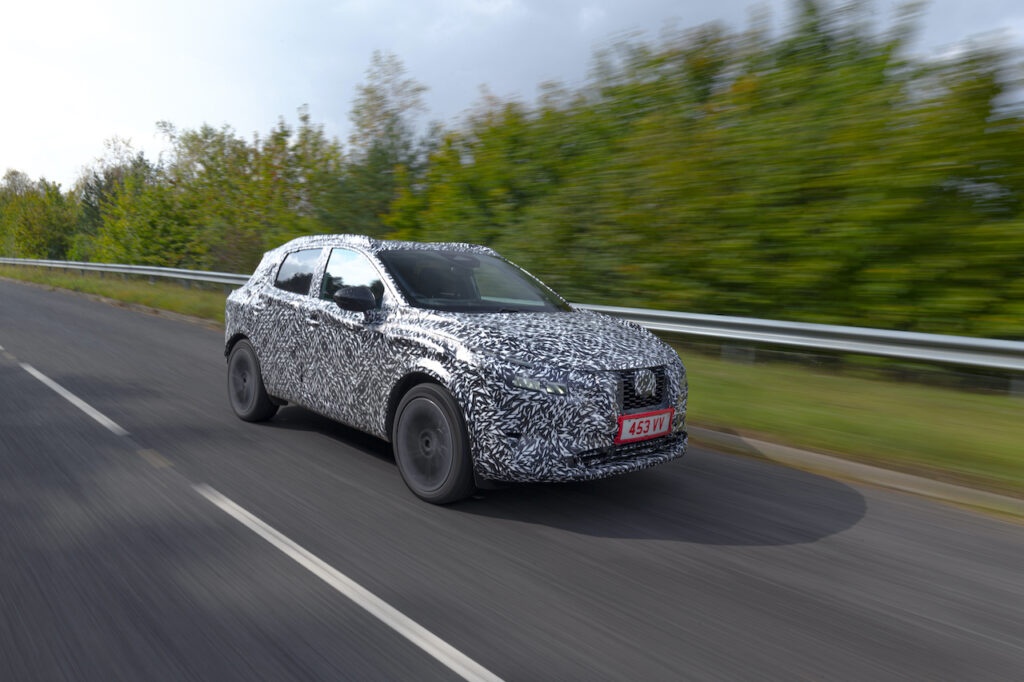
Away from the electric glare of the Leaf, Nissan is expected to focus more on its upcoming Nissan e-Power models towards the end of 2021. Utilising petrol engines purely as generators, the e-Power tech will initially make its way into the Qashqai and, later, the X-Trail. While they can’t be recharged (the sole method of propulsion is petrol) the cars will drive like EVs, with electric motors the only thing powering the wheels and the engine acting purely as a generator. As for an Australian arrival, it’ll more likely stretch to 2022, although a late 2021 appearance is possible.
Peugeot 3008 PHEV and 508 PHEV
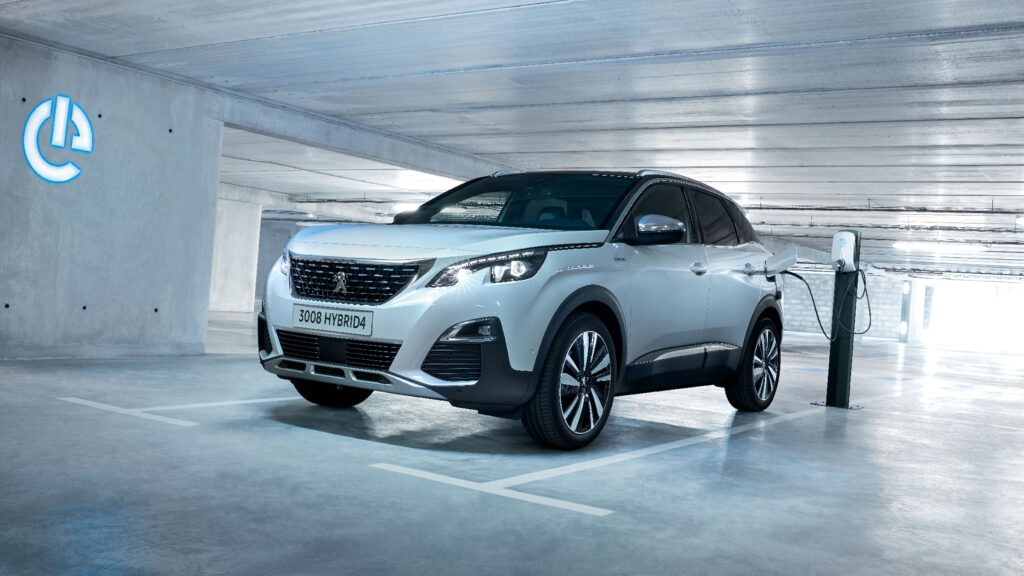
The French brand has plenty of electrified models on offer overseas, but they’ve so far eluded Australians. In the second half of the year two important plug-in hybrids will arrive Down Under: the 3008 mid-sized SUV and 508 sedan. They come ahead of a potential arrival of EV versions of the 208 and 2008 in 2022.
Polestar 2
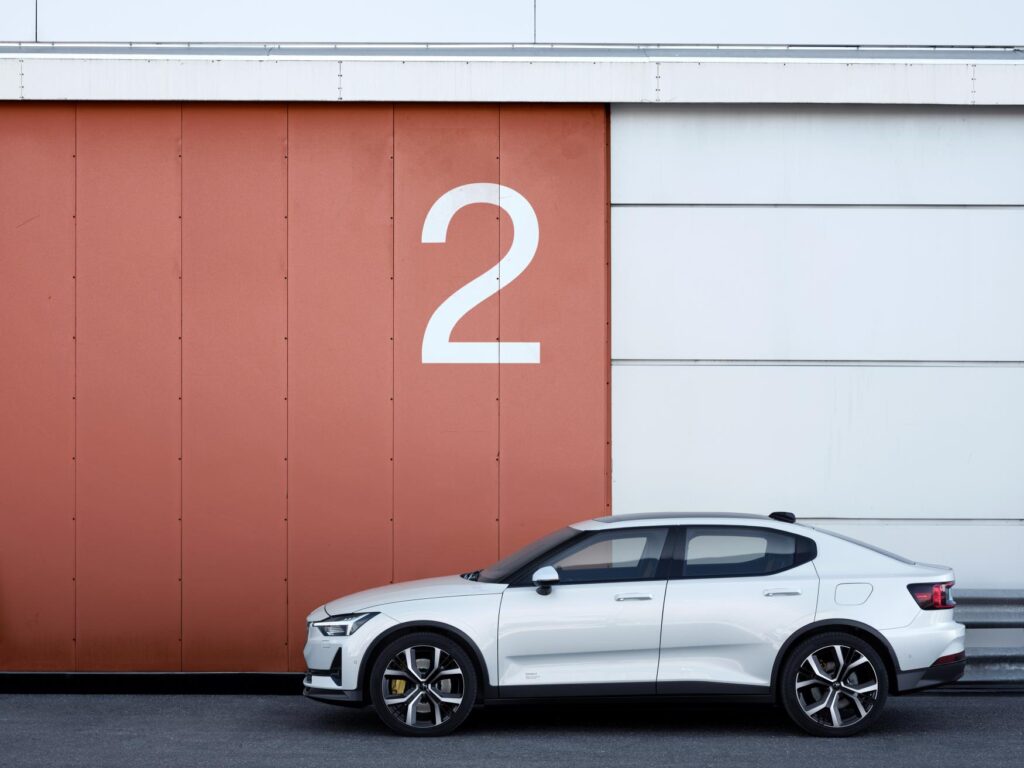
New brand, new model. There are plenty of unknowns with Polestar, but 2021 could be the year the Volvo-owned EV-focused brand will finally make an appearance here. Also owned by Volvo parent Geely (yes, it’s confusing…), Polestar has Tesla in its crosshairs and it’s the Polestar 2 doing the early heavy lifting. Solid reviews overseas suggest it’s a good thing, although exactly when it arrives is unknown – and there’s every chance it could be pushed out until 2022. Polestar was initially hoping to be selling cars here by now, but now the plan is for sometime during 2021. Watch this space…
Porsche Panamera Turbo S E-Hybrid
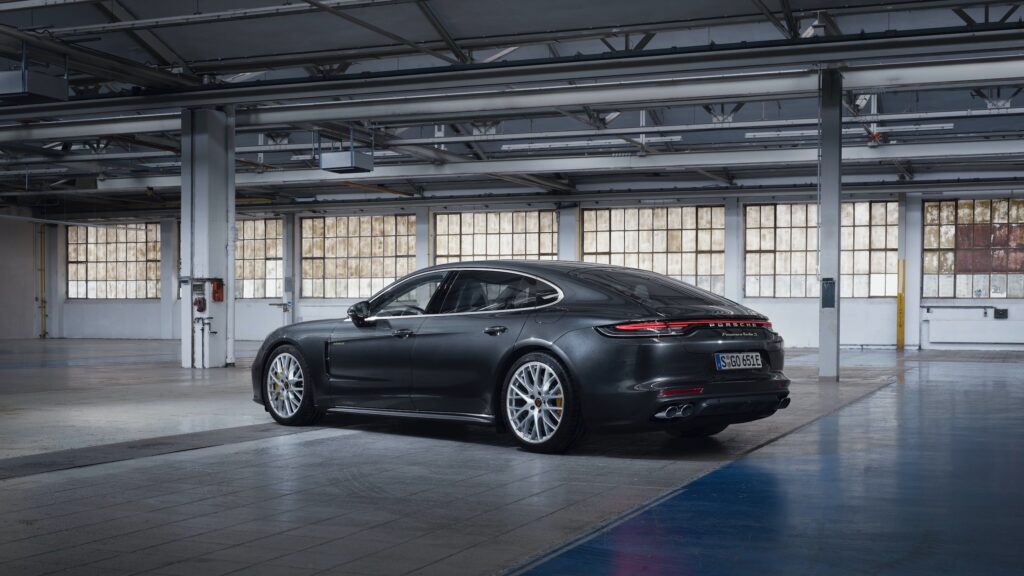
Electricity has helped create the fastest four-door Porsche ever built in the form of the Panamera Turbo S E-Hybrid. An update to the current Panamera, the new model has the usual design refreshes and additional equipment, but there’s also more beneath the metal. More grunt from the 4.0-litre twin-turbo V8 has added to the 100kW of electric assistance to create a 514kW monster capable of hitting 100km/h in 3.2 seconds. Arriving early in 2021, the Panamera family will also include a 4S E-Hybrid, with V6 plug-in drive for 3.7 second dashes to 100km/h. And for the first time there will be an Executive model (also available as an E-Hybrid) sold in Australia; it comes with a longer wheelbase for an extra 150mm of rear legroom.
Porsche Taycan
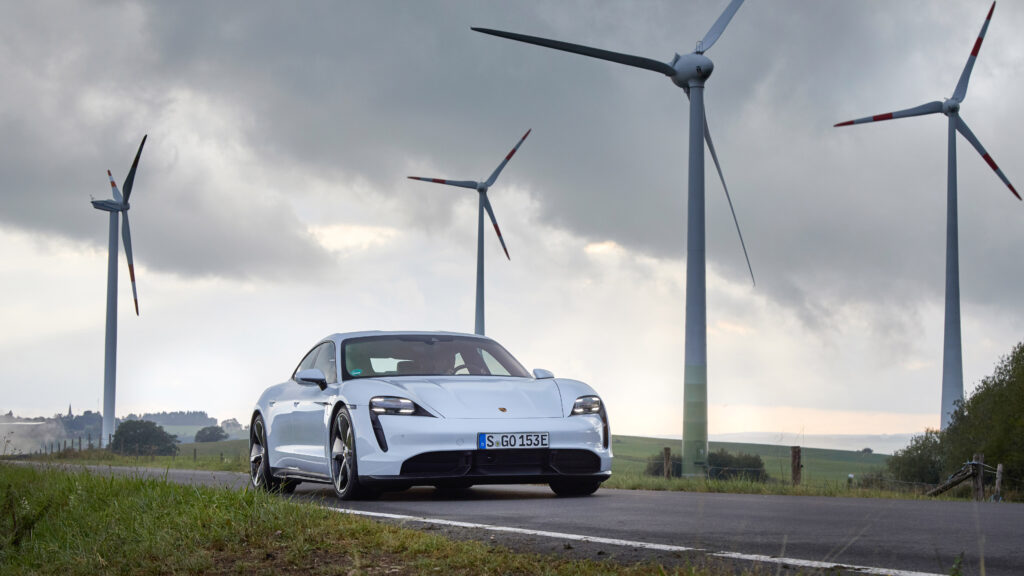
There are plenty of Taycans already in Australia but Porsche hasn’t delivered them yet because the Melbourne Covid lockdown limited the company’s ability to train its dealer network. First deliveries will begin in February and will include the Taycan 4S priced from $191,000 as well as the pricier Taycan Turbo and Turbo S.
Tesla Model Y
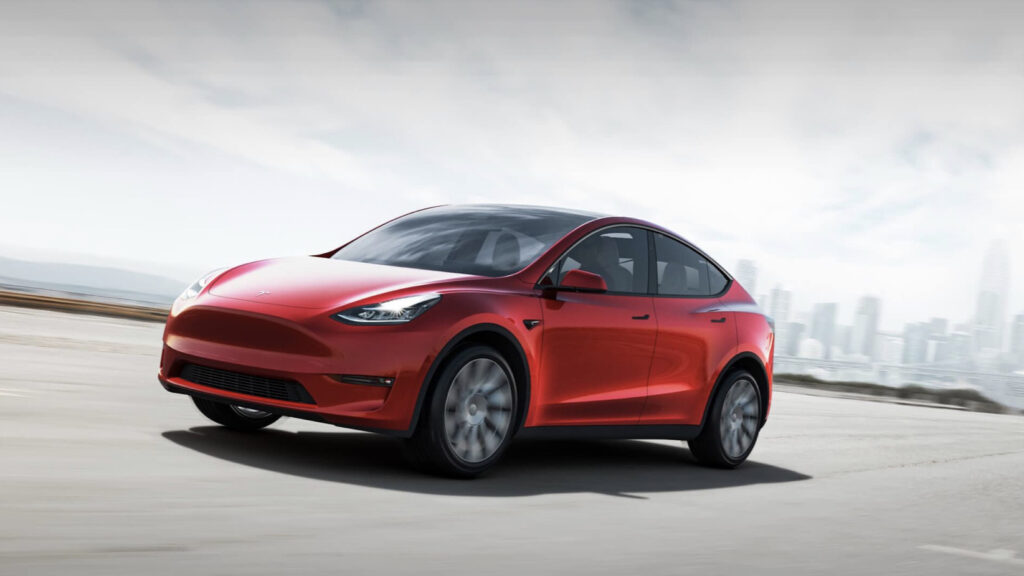
Like the Model 3, the Tesla Model Y is running late. Best guesses are that it’ll arrive early in the year, giving an SUV alternative to the Model 3 with which it shares so many underbody components, albeit only with a choice of two dual-motor configurations. A seven-seat layout adds to its mid-sized SUV appeal. Tesla Australia’s online configurator hasn’t yet allowed pre-orders (although strangely you can order a Cybertruck for Australia, despite question marks on whether it will be sold here). Pricing is still up in the air, too, although the kick-off is likely to be around $90,000.
Toyota Mirai
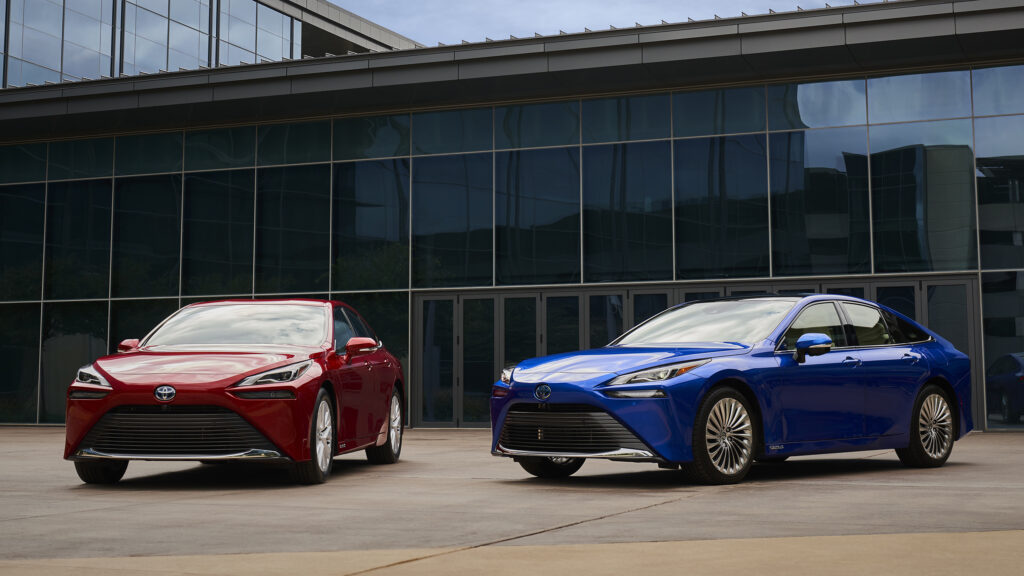
Granted, there are only 20 in the initial batch and you can’t officially buy one (they’re for government departments and fleets) but Toyota’s hydrogen fuel cell electric vehicle is clearly gearing up for bigger things longer term. That first dose of Mirais arrives early in the year, at about the time the hydrogen refuelling station opens as part of the Hydrogen Centre at Toyota’s premises in Altona, Melbourne.
Toyota LandCruiser hybrid
An all-new LandCruiser breaks cover in 2021 (the first since the arrival of the current 200-Series late in 2007) with the internet already referring to it as the 300-Series. Toyota has promised that almost all its vehicles (the Supra sports car is one exception) will have some sort of electrified option by 2025. Given this new LandCruiser is likely to soldier on well into the next decade that means it will have some form of electrification.
However, it’s worth keeping in mind that Toyota’s definition of “electrification” differs from most of the automotive industry’s – and most rule makers. Toyota classifies regular petrol-only hybrids as electrified, whereas the rest of the industry sees electric vehicles as ones that can be recharged (plug-ins and battery electric vehicles) or filled with hydrogen.
So there’s every chance the electrified LandCruiser will have a hybrid system similar to those used by the RAV4 and upcoming Kluger Hybrid. Best guesses are that it’s be paired to a new V6 petrol engine.
As for timing, that’s the wild card. There’s every chance the LandCruiser hybrid won’t arrive when the new 300-Series does, instead arriving a year or two later. We’ll know more in 2021.
Toyota Hilux hybrid
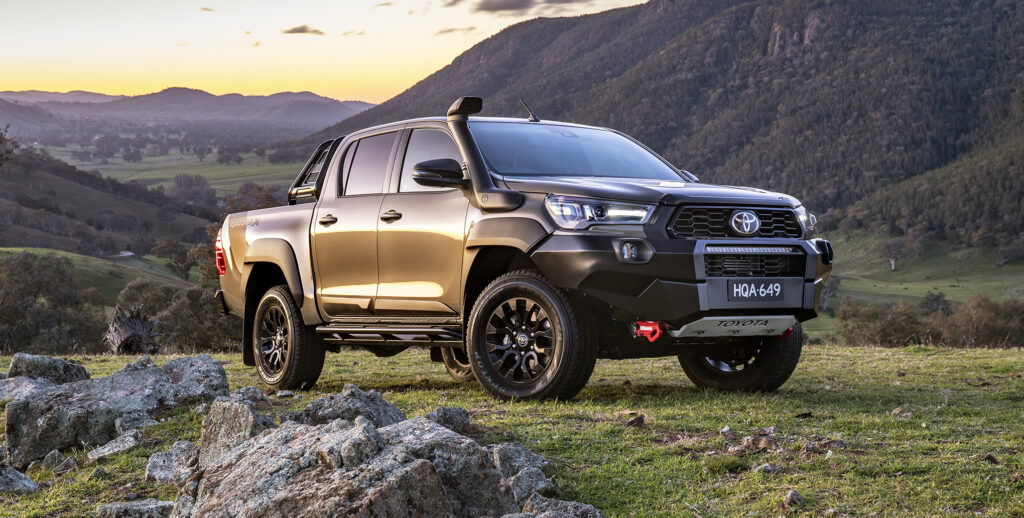
Execs at Toyota New Zealand have suggested a mild hybrid version of the top-selling Hilux ute could arrive by the end of 2021. But Toyota Australia execs are keeping their traps shut for now, seemingly content with the sales performance of the diesel.
The closest they’ve come to any sort of hint is by suggesting that a full-scale hybrid is highly unlikely to arrive in the current generation car.
It all comes down to model cycles. Engineering a hybrid system into an existing car and putting it into production is a mammoth task. And it’s a task made easier if all that work is done during the initial design and engineering phases of the car.
Toyota hasn’t said publicly whether that is the case with this car, but given the stratospheric sales of the predominantly diesel lineup – and the love of diesel in the ute segment – it’s difficult to imagine Toyota Australia upsetting the flow with a proper hybrid that would inevitably carry a price premium.
Far easier to wait for an all-new model, which would likely slot into Toyota Australia’s timeline of promising a hybrid or electric Hilux by 2025.
However, we’ll be monitoring the situation with regards to a mild hybrid throughout 2021.
Toyota BZ electric SUV
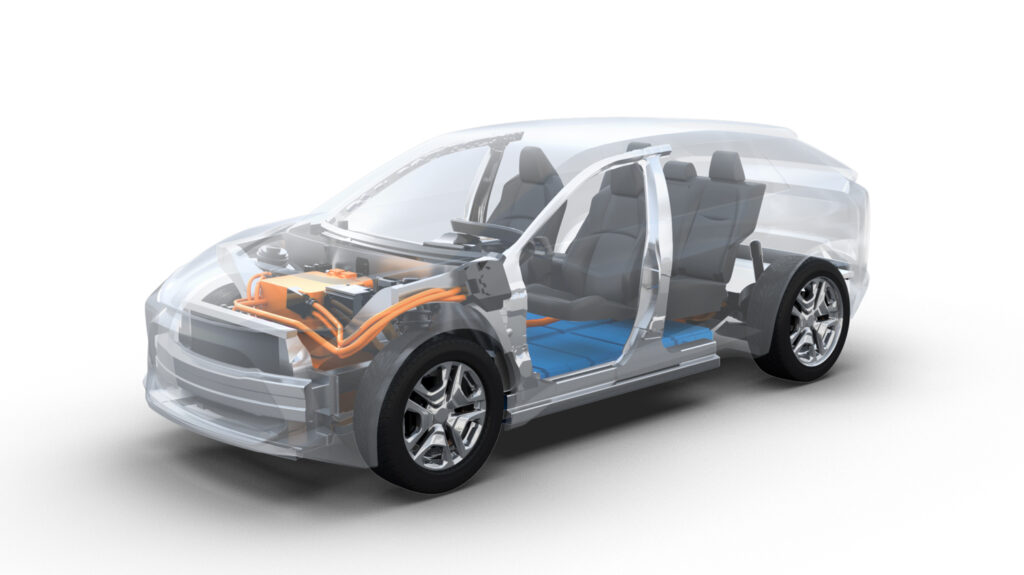
It’ll be the year that kicks off a new family of electric models for Toyota, with BZ (denoting “beyond zero”) the new marketing moniker. Toyota has registered a whole raft of BZ model names – from BZ1 through to BZ5X – suggesting there could be plenty more to follow.
For now Toyota has only confirmed an SUV EV will be revealed early in the year (for now it’s a sketch of the profile). And while it hasn’t been confirmed yet for Australia, there appears a good chance the Toyota BZ will eventually makes its way Down Under.
Volvo XC40 Recharge EV
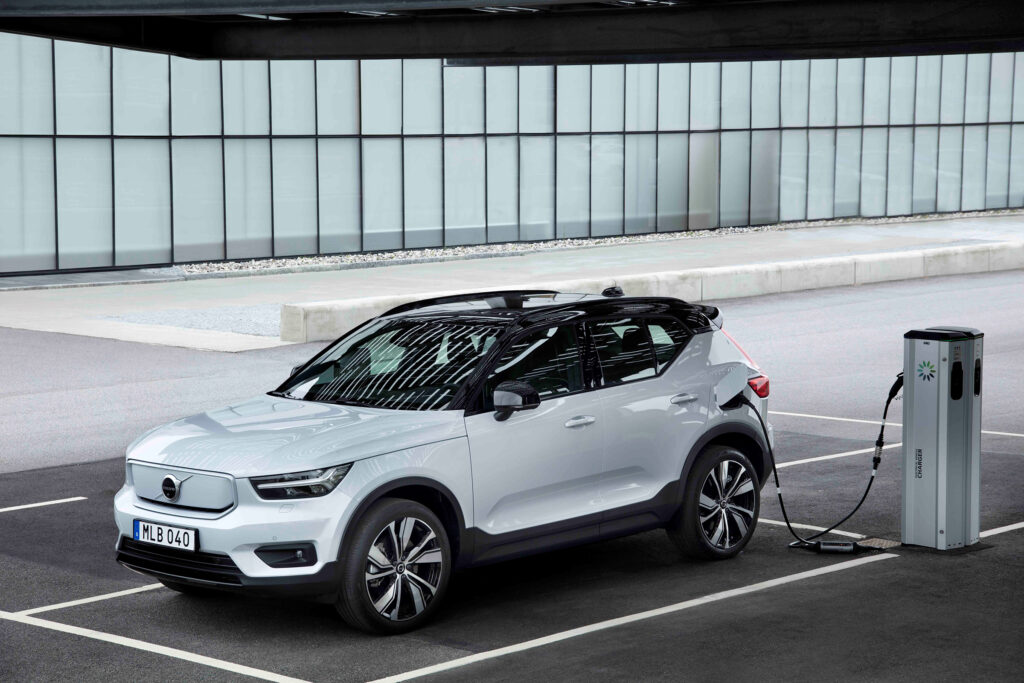
The Recharge sub-brand will step up a gear in 2021. Hot on the heels of the XC40 Recharge PHEV is the XC40 Recharge EV. Utilising two electric motors and making 300kW it’ll drive all four wheels and reach 100km/h in 4.9 seconds. A 78lWh battery provides about 400km of electric range.

